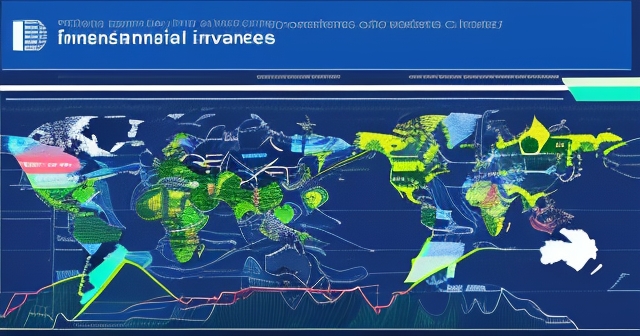Understanding Financial & Economic Catalysts: Drivers of Market and Business Change
In the dynamic world of finance and economics, understanding what drives significant shifts is crucial. Markets rarely move in a straight line; instead, they often experience periods of relative calm punctuated by rapid, decisive moves. What triggers these accelerated shifts? What can cause an asset’s price to suddenly surge or plummet, or an entire industry to fundamentally transform? The answer often lies in what we call a catalyst.
Think of a catalyst in finance much like its namesake in chemistry. In a chemical reaction, a catalyst is a substance that speeds up the reaction rate without being consumed in the process. It facilitates a change that might otherwise happen slowly, if at all. Similarly, in financial markets, a catalyst is an event or news that accelerates a price change, causing a market to quickly re-evaluate an asset’s value or a trend’s direction.
For you, whether you’re just starting your investment journey or you’re an experienced trader looking to deepen your understanding of market mechanics, recognizing and analyzing potential catalysts is a powerful skill. It helps us anticipate where potential opportunities or risks might arise, moving beyond simple historical price analysis to understand the underlying drivers of market movement. Let’s explore this fascinating concept, first in its financial market context, and then in its broader economic sense, to see how these powerful forces shape our financial world.
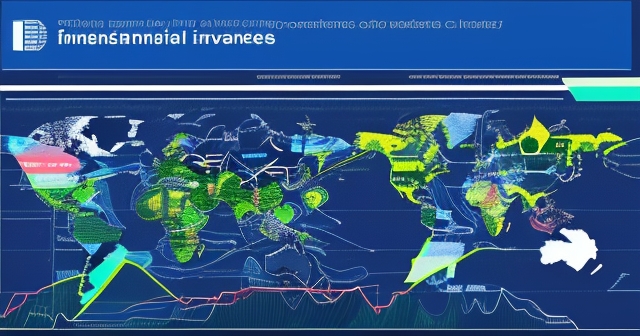
At its core, a financial market catalyst is an occurrence – be it an event, a piece of news, or a report – that injects new, significant information into the market. This information is typically impactful enough to prompt investors and traders to rapidly revise their expectations about the future prospects or intrinsic value of a specific asset, sector, or even the entire market.
- Accelerates price movement for specific assets.
- Influences investor expectations and behavior.
- Can emerge from both corporate actions and external factors.
What does this re-evaluation lead to? A drastic price change. Before a catalyst, an asset’s price might be trading sideways, slowly trending up or down, or exhibiting typical daily volatility based on existing information. The arrival of a catalyst, however, can break that pattern. It provides a compelling reason for a large number of market participants to buy or sell quickly, leading to a sharp, accelerated move in the asset’s price and often initiating a new trend or reversing an old one.
It’s important to note that catalysts often involve elements of surprise or information that wasn’t fully anticipated or priced into the market beforehand. If everyone expects a certain piece of news, and it arrives exactly as predicted, its effect as a catalyst will be minimal because the market has already adjusted. The most potent catalysts are those that challenge prevailing assumptions or reveal something unexpected.
So, when you see a stock or a currency pair suddenly make a large move seemingly out of nowhere, chances are a significant catalyst was the trigger. Our task as market participants is to understand what these triggers are and how they might influence the assets we follow.

Many powerful catalysts originate directly from the companies whose stocks we trade. These are often tied to the operational and financial performance of the business itself, or strategic decisions made by management or major shareholders.
One of the most anticipated and frequently impactful corporate events is the earnings report. When a company releases its quarterly or annual results, it provides crucial data on revenue, profitability, and future guidance. If these results significantly beat or miss analyst expectations, or if the future outlook is surprisingly strong or weak, this serves as a major catalyst, causing the stock price to adjust rapidly to reflect the new performance reality.
Consider the impact of a new product announcement. If a company like Apple reveals a groundbreaking new iPhone or service, this news can be a massive catalyst for its stock, based on the market’s anticipation of future sales and profitability driven by that innovation. Similarly, receiving regulatory approval for a new drug can be a huge catalyst for a pharmaceutical company.
Here are some key corporate catalysts we frequently observe:
| Catalyst | Impact |
|---|---|
| Earnings Reports: | Surprises relative to analyst expectations. |
| New Product Announcements: | Introduction of potentially game-changing goods or services. |
| Analyst Revisions: | Major investment banks changing their rating or price target. |
| Mergers and Acquisitions (M&A): | An announcement that one company is buying or merging with another. |
| Activist Investor Involvement: | Activist investors pushing for changes at companies. |
| Share Buybacks or Dividend Changes: | Decisions to return capital to shareholders. |
These internal company developments provide fresh information that the market quickly processes, leading to potentially large and rapid price movements. Understanding a company’s fundamental business and staying aware of its corporate calendar are essential steps in identifying these types of catalysts.
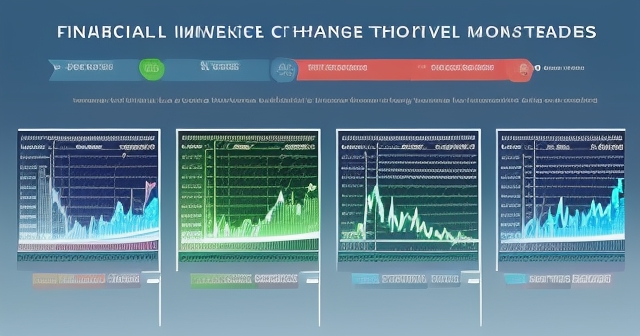
Beyond individual companies, external forces can also act as powerful catalysts, impacting entire industries, sectors, or even the market as a whole. These are often tied to governmental actions, legal proceedings, or broader shifts affecting multiple businesses.
Legislative changes are a prime example. A new tax law, deregulation in a specific industry, or government spending programs can fundamentally alter the operating environment and profitability for companies. For instance, changes to renewable energy incentives can be a strong catalyst for companies in that sector, while new regulations on financial institutions can heavily impact bank stocks.
Legal battles and lawsuits can also function as catalysts, particularly for individual companies but sometimes for sectors if the legal precedent is significant. A major lawsuit outcome – whether a win or a loss, a large fine, or a settlement – can dramatically change a company’s financial standing and future prospects, acting as a direct catalyst for its stock price.
Think about shifts in consumer behavior or technology adoption accelerated by external factors. While not a single “event” in the same way as an earnings report, government mandates or societal trends that push towards, say, electric vehicles or remote work, can act as long-term catalysts for related industries, accelerating investment and growth.
These external catalysts require us to look beyond the individual balance sheet and consider the broader environment in which businesses operate. They can introduce systemic risk or create opportunities across entire segments of the market.
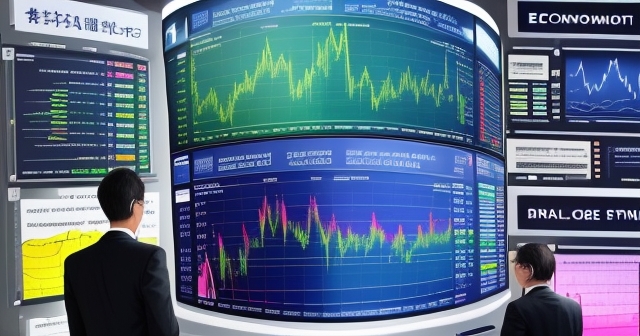
Moving to an even wider scope, macroeconomic data and global economic trends are arguably the most significant catalysts for markets like forex (foreign exchange) and major equity indices. These are statistics and indicators that reflect the health and direction of entire economies.
Reports on key economic metrics provide markets with crucial information about growth, stability, and inflationary pressures. When this data is released, traders and investors rapidly analyze it to understand its implications for interest rates, corporate earnings potential, and overall economic demand. Unexpected readings in these reports can trigger immediate and significant market reactions.
Consider the following major macroeconomic catalysts:
| Catalyst | Impact |
|---|---|
| Gross Domestic Product (GDP) Data: | Reveals the rate of economic growth. |
| Employment Reports: | Insight into the labor market’s strength. |
| Inflation Data (e.g., CPI, PPI): | Measures the rate at which prices are rising. |
| Retail Sales: | Indicator of consumer spending. |
| Manufacturing and Services PMIs: | Surveys of business activity and sentiment. |
These indicators act as vital pulse checks for the economy. When the pulse is stronger or weaker than expected, it’s a powerful catalyst that forces market participants to re-evaluate their economic outlook and adjust their positions accordingly. The forex market, in particular, is highly sensitive to these macroeconomic releases, as they directly influence the perceived strength and future monetary policy direction of a country.
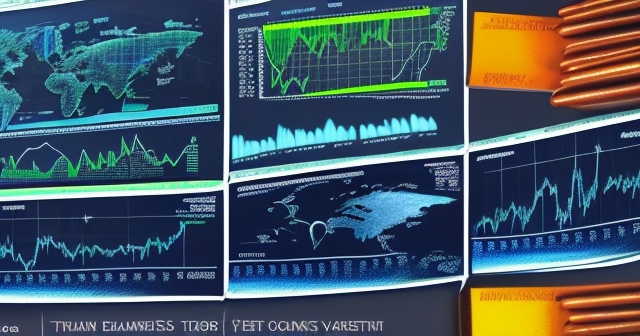
Closely tied to macroeconomic data are the actions and communications of central banks, such as the US Federal Reserve, the European Central Bank, or the Bank of Japan. These institutions are the guardians of monetary policy, and their decisions are arguably the most potent and watched catalysts in the global financial system.
The primary tool of monetary policy is the setting of interest rates. When a central bank raises interest rates, it makes borrowing more expensive and saving more attractive. This tends to slow down economic activity and can make a country’s currency more appealing to foreign investors seeking higher returns on their deposits, acting as a strong catalyst for currency appreciation. Conversely, cutting rates aims to stimulate the economy but can weaken the currency.
Beyond headline interest rates, central banks can also employ tools like quantitative easing (QE) or tightening (QT). QE involves injecting liquidity into the financial system by buying government bonds or other assets, typically in an effort to lower longer-term interest rates and stimulate lending and investment. The announcement, expansion, or contraction of QE programs are significant catalysts, influencing everything from bond yields to stock valuations and currency strength.
| Policy Action | Impact |
|---|---|
| Interest Rate Changes: | Influence borrowing and investment in the economy. |
| Quantitative Easing: | Increases liquidity and lowers interest rates. |
| Forward Guidance: | Signals future monetary policy intentions to markets. |
Furthermore, central bank statements and press conferences are dissected by markets for any hints about future policy direction. Any subtle change in language – whether a central bank is perceived as becoming more “hawkish” (inclined to raise rates) or “dovish” (inclined to cut rates or maintain stimulus) – can act as a powerful catalyst, setting expectations and driving market movements well before any actual policy change occurs.
Understanding the mandates of major central banks (price stability, maximum employment, etc.) and closely following their communications is paramount for anyone trading currencies or investing in assets whose valuations are sensitive to interest rate expectations. These policy decisions are pure, high-impact catalysts.
If you’re focusing on currency trading and looking for platforms that provide access to these markets where central bank policy acts as a primary catalyst, then Moneta Markets is a platform worth considering. It hails from Australia and offers a wide array of financial instruments, including major and minor currency pairs, catering to both new and experienced traders navigating these macroeconomic catalysts.
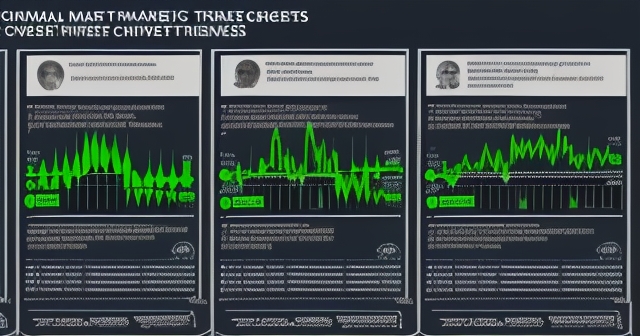
In an increasingly interconnected world, political and geopolitical events can have swift and significant impacts on financial markets, serving as potent, albeit often unpredictable, catalysts. These are events that shift the global balance of power, create instability, or alter international relations in ways that affect trade, investment flows, and risk perception.
Major geopolitical updates can range from elections and referendums with significant economic implications (like Brexit, which was a major catalyst for the British Pound and UK stocks) to trade disputes between major powers, international conflicts, or even large-scale social unrest within a key economic region. Each of these can introduce uncertainty or fundamentally alter the operating environment for multinational corporations and impact commodity prices, currency values, and investor confidence globally.
For instance, a sudden escalation of tensions in a major oil-producing region can be a powerful catalyst for oil prices and the stocks of energy companies. A trade war tariff announcement can be a catalyst for companies relying on international trade, potentially boosting domestic producers while hurting exporters.
While often harder to predict than scheduled economic data releases, geopolitical catalysts demand our attention because their impact can be swift and severe. They remind us that financial markets do not exist in a vacuum but are deeply intertwined with political stability and international relations. Staying informed about global affairs is therefore part of comprehensive market analysis.
To effectively trade markets influenced by such diverse global catalysts, having a robust and reliable trading platform is key. When considering options, Moneta Markets‘ flexibility and technological edge are noteworthy. It supports popular platforms like MT4, MT5, and Pro Trader, combining high-speed execution with competitive low spread settings, offering a solid trading experience as you react to these fast-moving geopolitical and macroeconomic events.
How investors and traders interact with catalysts can vary significantly depending on their investment philosophy and time horizon. Broadly speaking, we can look at this through the lens of value investing versus momentum trading.
Value investors typically focus on the intrinsic value of an asset, seeking out companies or assets that they believe are trading below their true worth based on fundamentals like earnings, assets, and growth potential. For a value investor, catalysts might be viewed somewhat differently. They are already convinced of the underlying value; a catalyst, such as a positive earnings surprise or an activist investor stepping in, might be seen as a welcome trigger that helps the market realize and finally acknowledge the intrinsic value that was already present.
Momentum traders, on the other hand, are primarily focused on price trends and volatility. They seek to profit from the continuation of existing trends or the initiation of new ones. For momentum traders, identifying potential catalysts or recognizing the market’s reaction to them is absolutely central to their strategy.
Most investors and traders exist somewhere on a spectrum between these two poles. Regardless of your specific style, understanding the potential impact of catalysts is vital. For value investors, it helps explain *why* a stock they believed was undervalued is finally moving. For momentum traders, it provides the ignition source for the rapid price movements they aim to capture. For everyone, it highlights the importance of staying informed about both company-specific and broader market events.
While our focus is primarily on financial markets, the term “catalyst” has a broader meaning in economics, referring to entities or forces that drive fundamental change and create new economic activity that wouldn’t otherwise occur. This concept, often discussed in the context of multi-sided platforms, offers a fascinating perspective on how value is created and economies evolve.
In this broader sense, an economic catalyst is an entrepreneur or a company that enables interactions between two or more distinct but interdependent groups of customers. These groups need each other, but they cannot easily capture the potential value from their mutual attraction on their own. The catalyst, operating a multi-sided platform, provides the infrastructure, rules, and trust mechanisms that facilitate these interactions and unlock the latent value.
This concept is detailed in books like “The Catalyst Code” by David S. Evans and Richard Schmalensee, who highlight how these platform operators are not just intermediaries but active agents that create and manage the environment where valuable interactions happen. From dating apps connecting singles to online marketplaces connecting buyers and sellers or operating systems connecting users and app developers, economic catalysts using the multi-sided platform model are fundamental drivers of today’s digital economy.
Let’s delve a bit deeper into the characteristics of a multi-sided platform operating as an economic catalyst. As mentioned, the core idea is connecting distinct groups that mutually benefit from interacting but need a third party to make that interaction efficient or even possible. What makes the catalyst entity so crucial?
| Characteristic | Description |
|---|---|
| Attraction | Attracts both sides to the platform simultaneously. |
| Facilitation | Provides tools and infrastructure for interaction. |
| Governance | Sets rules to ensure a safe interaction environment. |
| Value Creation | Enables interactions that create network effects leading to growth. |
Without the economic catalyst and its multi-sided platform, the potential for value creation between the interdependent groups might remain largely untapped. The catalyst overcomes the “chicken-and-egg” problem and manages the complex dynamics of balancing the needs and incentives of multiple distinct customer bases.
For us as investors and traders, understanding both financial and economic catalysts presents opportunities and challenges. While we might not be building the next multi-sided platform ourselves, recognizing how such catalysts reshape industries is crucial for long-term investment strategy.
More immediately, identifying potential financial catalysts is a key part of developing trading strategies. This involves:
- Staying Informed: Consistently following financial news, economic calendars, and company announcements.
- Analyzing Potential Impact: Determine whether new information has the power to change the market’s view of an asset’s value.
- Considering Market Sentiment: Analyze how the market is positioned for the news or data release.
- Managing Risk: Implement prudent risk management strategies around catalytic events.
Some traders specialize in “event-driven” strategies, specifically seeking to profit from the predictable scheduling of certain catalysts. Others integrate catalyst analysis into broader fundamental or technical approaches, using them as triggers to initiate or exit positions.
Ultimately, both financial and economic catalysts highlight the dynamic nature of the world we inhabit. They are reminders that change is constant, and being prepared to analyze, anticipate, and react to the forces that drive this change is essential for success, whether you are navigating the financial markets or seeking to understand the broader currents shaping our economy.
catalyst definition economicsFAQ
Q:What is a financial catalyst?
A:A financial catalyst is an event or news that accelerates a price change in the financial market, prompting rapid reevaluation of asset values.
Q:How do economic catalysts differ from financial catalysts?
A:Economic catalysts drive fundamental change that creates new economic activity, whereas financial catalysts influence asset prices directly in the market.
Q:What role do central banks play as catalysts?
A:Central banks influence markets through monetary policy changes, such as adjusting interest rates, which can significantly impact currency and asset valuations.
